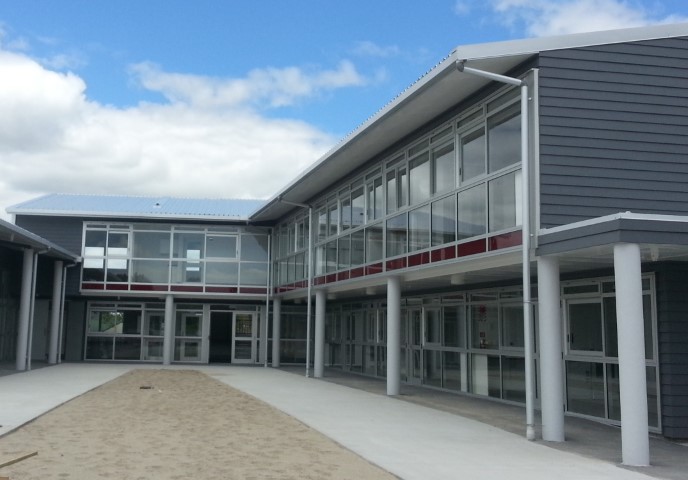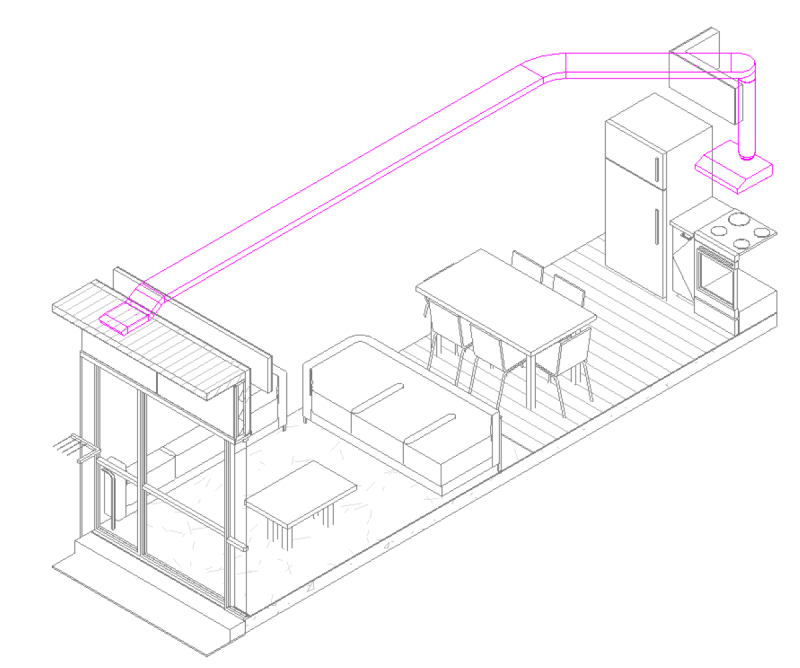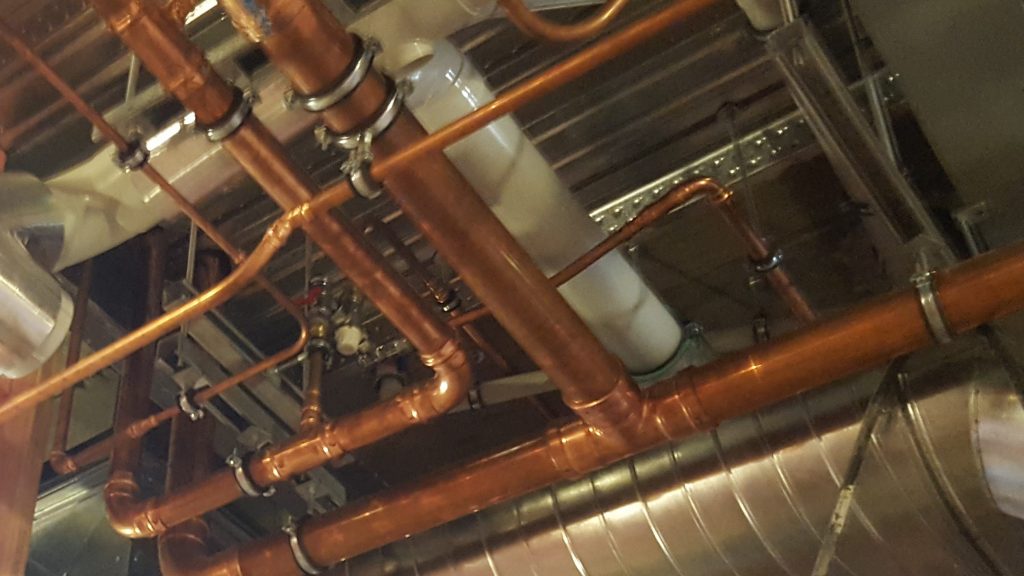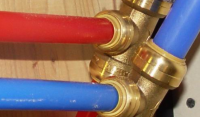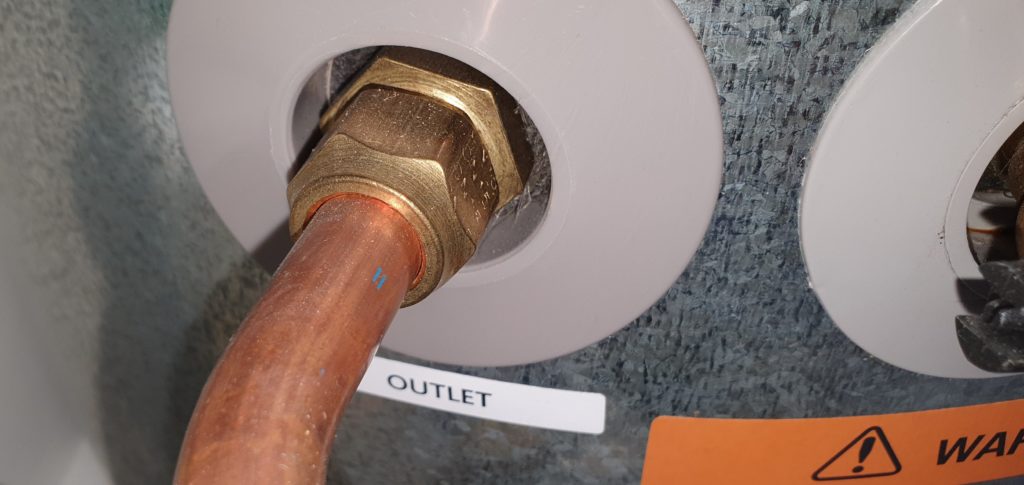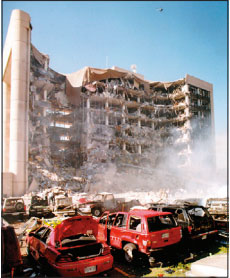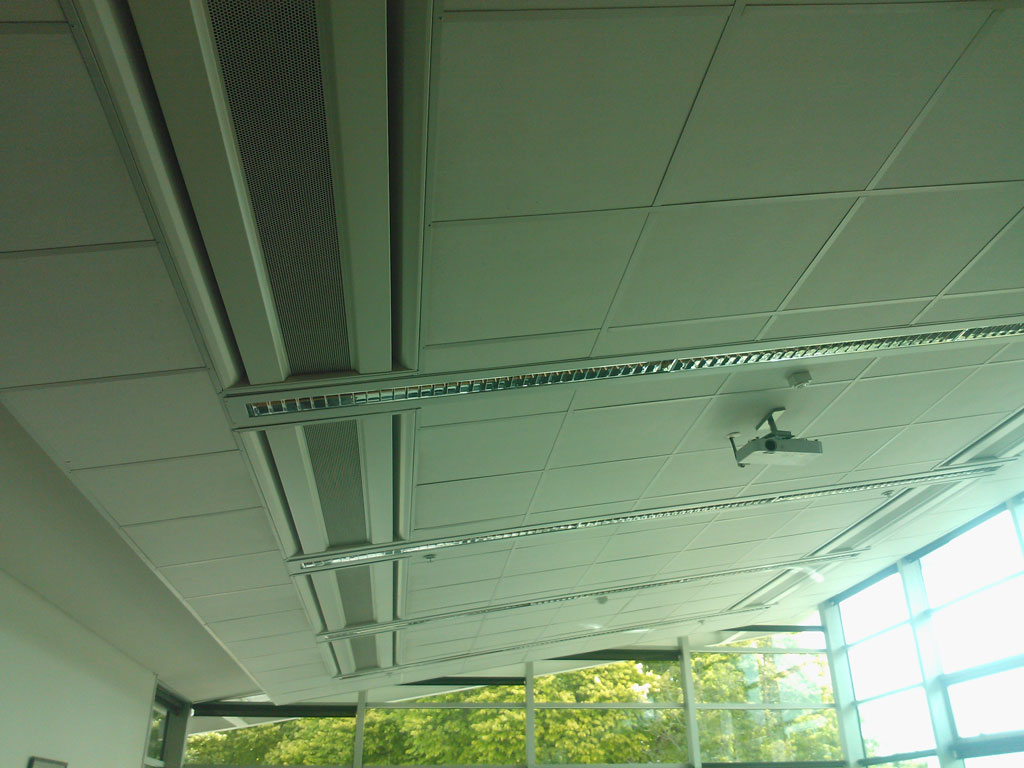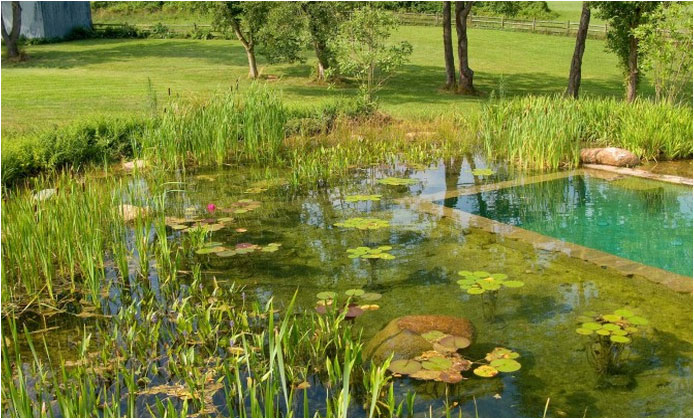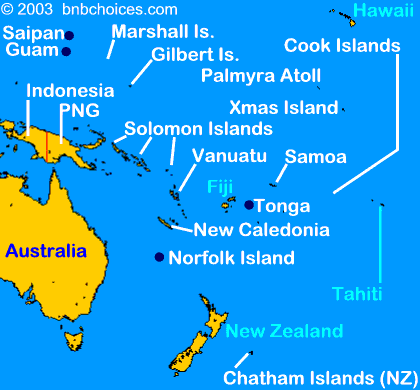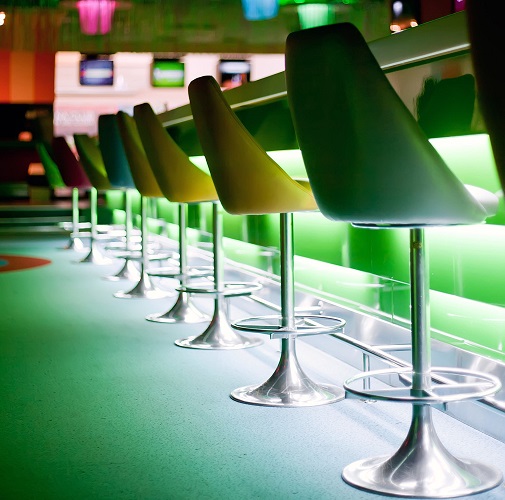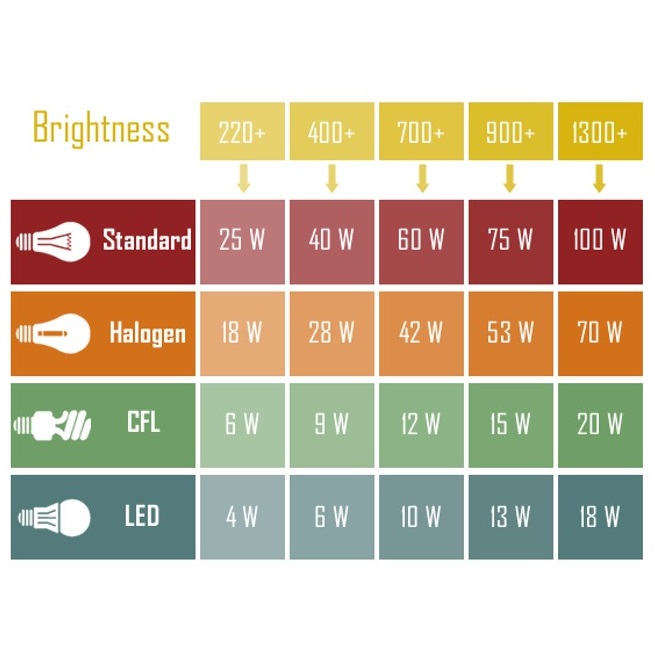MEPS recently performed an exercise on a school classroom block to compare the difference in the heating/cooling power usage between single glazing and double glazing. It was found that the simulated power usage throughout the year dropped by almost 10% with the use of single glazing!
This may sound crazy but let’s look at this closely.
A major component of the cooling load within a space is the solar gain through windows. There is very little difference between the solar gain through double glazing when compared to single glazing. The thermal advantage of double glazing comes from its ability to restrict the conduction of heat between the inside and outside. This is great in winter, but under certain conditions when coupled with high solar gain, this can lead to overheating in summer.
The solar radiation passes freely through the glass and is absorbed as heat by surfaces or objects such as your desk and carpet. This heat is then trapped inside by the glazing and the wall/roof insulation. This is a phenomenon known as the greenhouse effect, commonly used in greenhouses to keep plants warm during the cooler months. However, the superior thermal performance of double glazing used in modern buildings enhances this effect and can cause overheating.
This may not be an issue in spaces which are occupied less during the day, such as a household. However, for spaces such as an office or school, the use of single glazing over double glazing may be beneficial.
We do not want to write off double glazing all together. Double glazing can be used effectively in combination with carefully designed shading to reduce unwanted solar gains during the summer months. There are many factors to consider including the ventilation strategy, shading, thermal mass, window orientation, low-e coatings and tints. Double glazed windows also have condensation and acoustic benefits.
Ask your mechanical engineer to perform an analysis and you may be surprised by the results!

